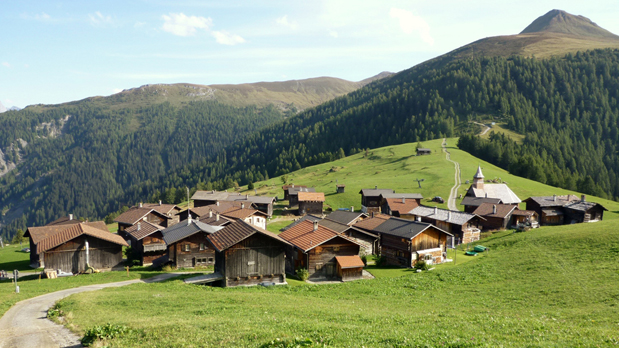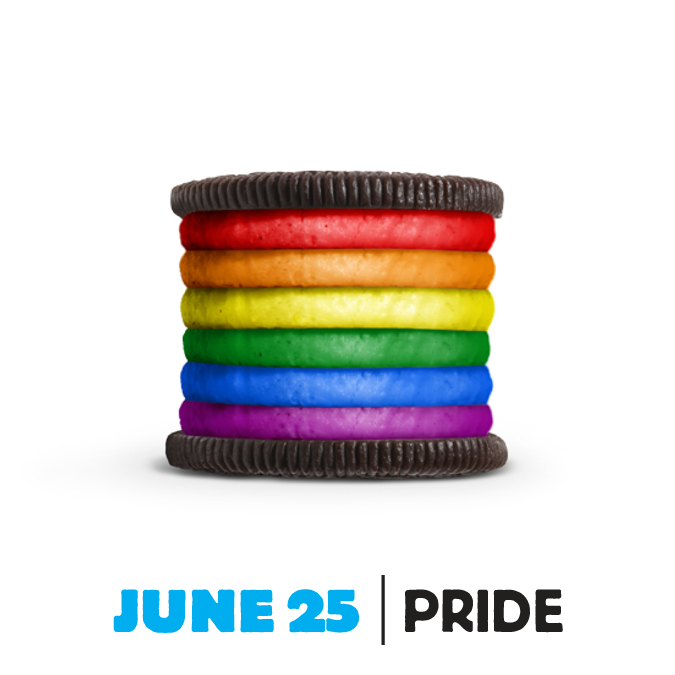 Details
Details
Your company or brand want to get in on the action on Facebook. You want to generate likes, get more fans and increase the number of shares.
You might even have sponsored posts on Facebook. But what is great native advertising on Facebook? You need not look any further. Here are five great examples of native advertising on Facebook.
1. If We Made It – How Newcastle Brown Ale flooded the internet
The beer brand, Newcastle Brown Ale, decided to take on the largest and most anticipated advertising event of the year – the Super Bowl – in an untraditional way with their campaign 'If We Made It'.
In 2014 Newcastle Brown Ale launched the campaign as a parody of the marketing excess surrounding the most viewed moment of the NFL season – especially the incredibly expensive tv-commercials.
The campaign features actress Anna Kendrick and former wide receiver Keyshawn Johnson. With Kendrick and Johnson as the central characters of the campaign Newcastle Brown Ale introduced the world to a series of teasers, storyboards, focus groups and behind-the-scenes footage of the greatest Big Game ad that never was. The campaign tells the story of what could have been if Newcastle had created its own Big Game ad.
The campaign included, apart from the social media program, a series of digital trailers and behind-the-scenes interviews with Anna Kendrick and Keyshawn Johnson.
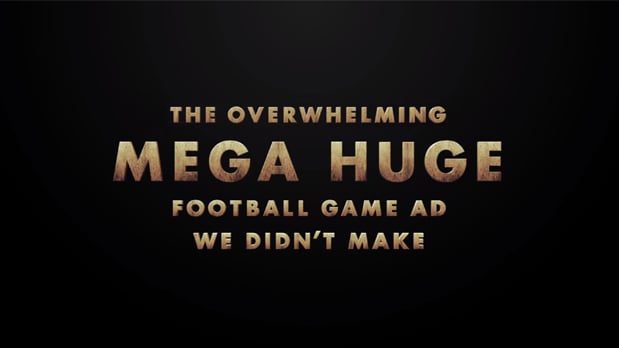
The 'If We Made It'-campaign found a way to cut through the many other big ad campaigns and connect with its audience.
On Facebook alone, the campaign generated:
- over 56.6 million impressions
- over 1.3 million engagements
- 1.16 million video views
- 69,000 likes
- 16,000 shares
- 8,000 comments
2. A Little Village goes Global – How a small village made everybody live there
The little mountain village of Obermutten, Switzerland, wanted to connect and establish a personal relationship with its visitors.
Therefore it issued a promise on Facebook: Anybody who likes the village's Facebook page can have their picture posted on the village bulletin board. The photos were printed out by the mayor and his staff and pinned on the board. Pictures of the bulletin board were then posted on Facebook, so the fans could see their own photos and tag themselves.
And so people from around the world got to live in Obermutten.
Obermutten wanted to break the barrier between the online and the offline world and show that in small holiday villages a personal relationship with the visitors is important. The goal of course was to boost tourism in the region. The mountain village of Obermutten now has more than 200 times more fans on Facebook than real inhabitants.
With the campaign Obermutten managed to establish a personal relationship with each visitor and it was a great success.
- over 60 million people around the world have heard or read about Obermutten thanks to press coverage
- media reports about it in more than 36 countries
- the Obermutten Facebook page reached 16.000 fans which is 200 times more fans than inhabitants
3. The Daily Twist – How Oreo made people see the world through the filling of a cookie
In the middle of 2012 the cookie manufacturer Oreo launched the social media campaign 'The Oreo Daily Twist'. During the campaign's 100 day life one hundred ads turned trending news stories into visual treats.
Each day the team rummaged through news and social media looking for hot topics to reinterpret through the eyes of Oreo. The cookie put its twist on a range of topics from Pride week to the Mars rover landing to 'Talk Like a Pirate Day'.
The idea for the last twist was crowdsourced in Times Square, New York, and produced live. Oreo asked its Facebook fans what topics they wanted to see featured as the final Daily Twist. The final twist became 'The Anniversary of the High Five'.
With the campaign Oreo took the media by storm, got through to bloggers and engaged with its audience.
‘The Daily Twist’-campaign on Facebook resulted in:
- more than 2,600 articles, garnering over 231 million media impressions
- the number of Facebook fans jumping from 26 to 27 million in 100 days
- over 1.3 million Facebook interactions (shares, likes, comments)
- a share rate increased by 280 % with each post being shared approximately 1,472 times
4. Try My Hybrid – How Toyota Norway drove a country crazy for hybrids
Toyota Hybrid owners are proud of their car and proud of the positive effect it has on the environment. But it can be difficult to recruit new buyers. So Toyota Norway thought it would be smart to let hybrid owners share their experience with potential buyers.
‘Try My Hybrid’ was a service that featured real hybrid owners who free of charge would let strangers, neighbors and friends test drive their hybrids.
Toyota Norway's Facebook page was a core component in the campaign as it was through the page that Toyota recruited all of the ambassadors who became faces of the campaign in print, TV and radio. Facebook was also crucial in pre-recruiting hybrid owners who wanted to sign up for the campaign.
People could visit provminhybrid.com and register as owner or as someone who wanted a test drive. But a huge part of the campaign's success came from people connecting with Facebook on the campaign site. This social connection helped people locate people who could take them for a test drive.
Toyota Norway used the Facebook page to boost the best content and popular posts, feature available hybrid cars, drive traffic to the website and post sponsored videos.
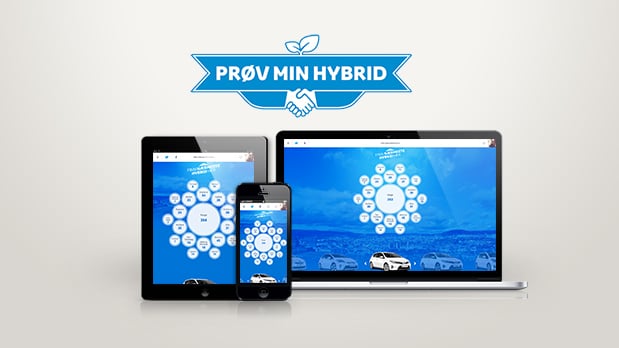
The 'Try My Hybrid'-campaign managed to get people to engage with Toyota Norway and engage with each other.
Due to the connection through Facebook the campaign:
- resulted in 1,650,000 unique visitors to the site
- is remembered by one-third of Norwegians and every Norwegian on Facebook either knew, or indirectly knew, a Toyota Hybrid owner
- resulted in hundreds of PR stories
5. Trial by Timeline – How Amnesty International garnered support in New Zealand
People in New Zealand did not see Amnesty International as a relevant cause to support now or in the future. Amnesty International had to change this perception by finding a way to bring Amnesty's message to everyday Kiwis.
Amnesty International wanted to help people experience firsthand what it might be like to live without basic human rights. The goal was to engage in conversations before asking people to support the cause.
The way to reach this goal became Facebook and the campaign 'Trial by Timeline'.
A Facebook application scanned your timeline activity on Facebook. An algorithm found things that could be used against you and sentenced you to real punishment.
Once the trial was complete the user received a summary of punishments and in which countries they are allowed. Only then the application asked the user to use his or her freedom to help free others by supporting Amnesty International. By collecting information from the user timeline, the Amnesty International application could find things to use against the user and sentenced him or her to "punishment".
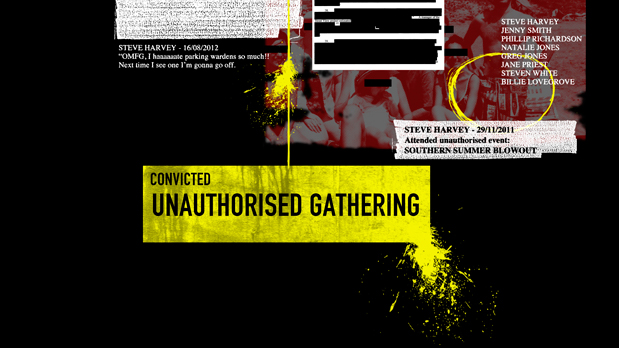
With the virtual trial Amnesty International managed to reach people in New Zealand to increase support for the cause.
Here are some of the results of this Facebook native advertising campaign:
- gathered global traction, reaching over 200 countries
- attracted 340,00 unique visits to the microsite
- increased the visit duration in the site to 7:27 minutes
- garnered a reach figure of 6,821,358
- by combining Twitter and Facebook numbers the campaign reached 15,760,417 million people
- grown Amnesty International New Zealand's Facebook community by more than 500 %
